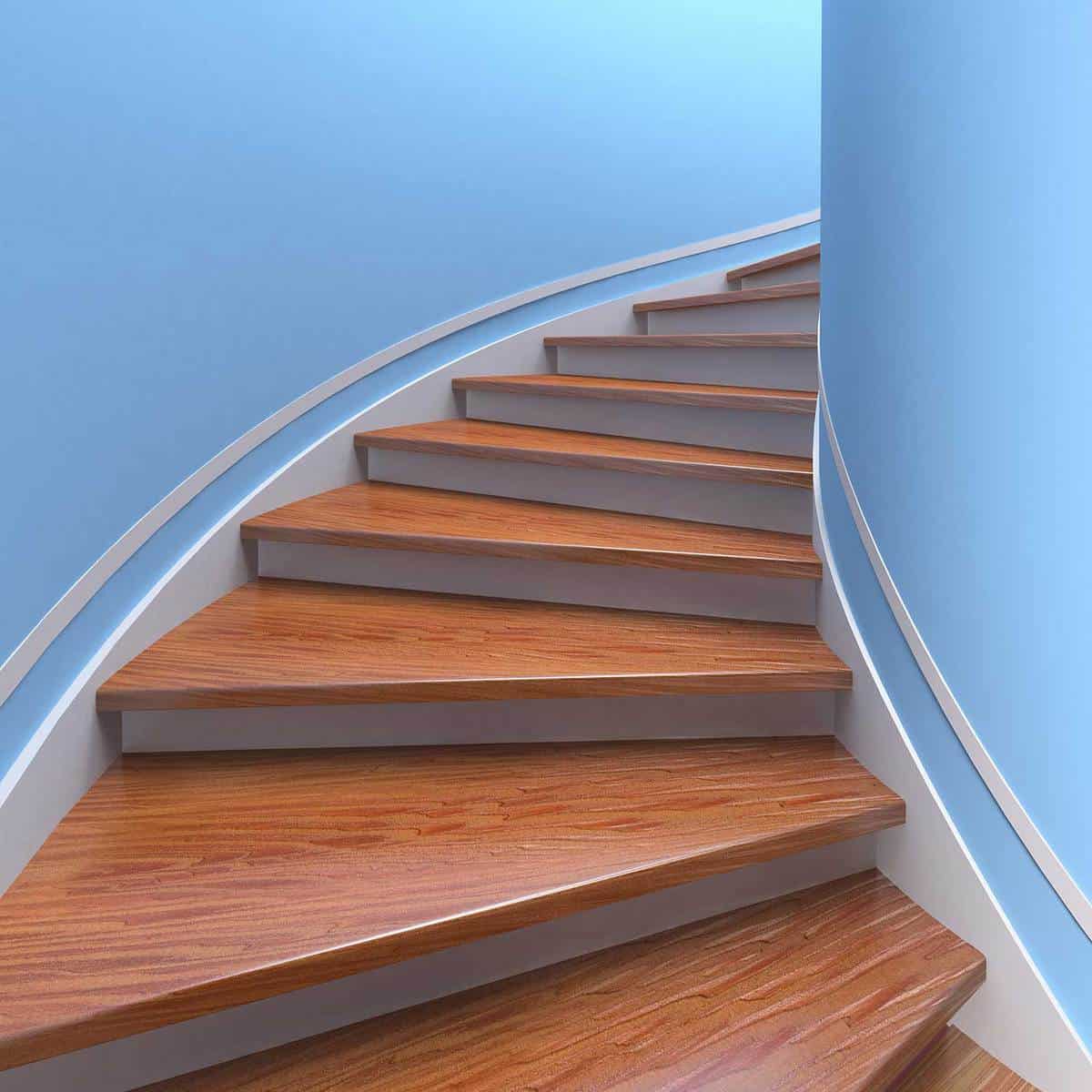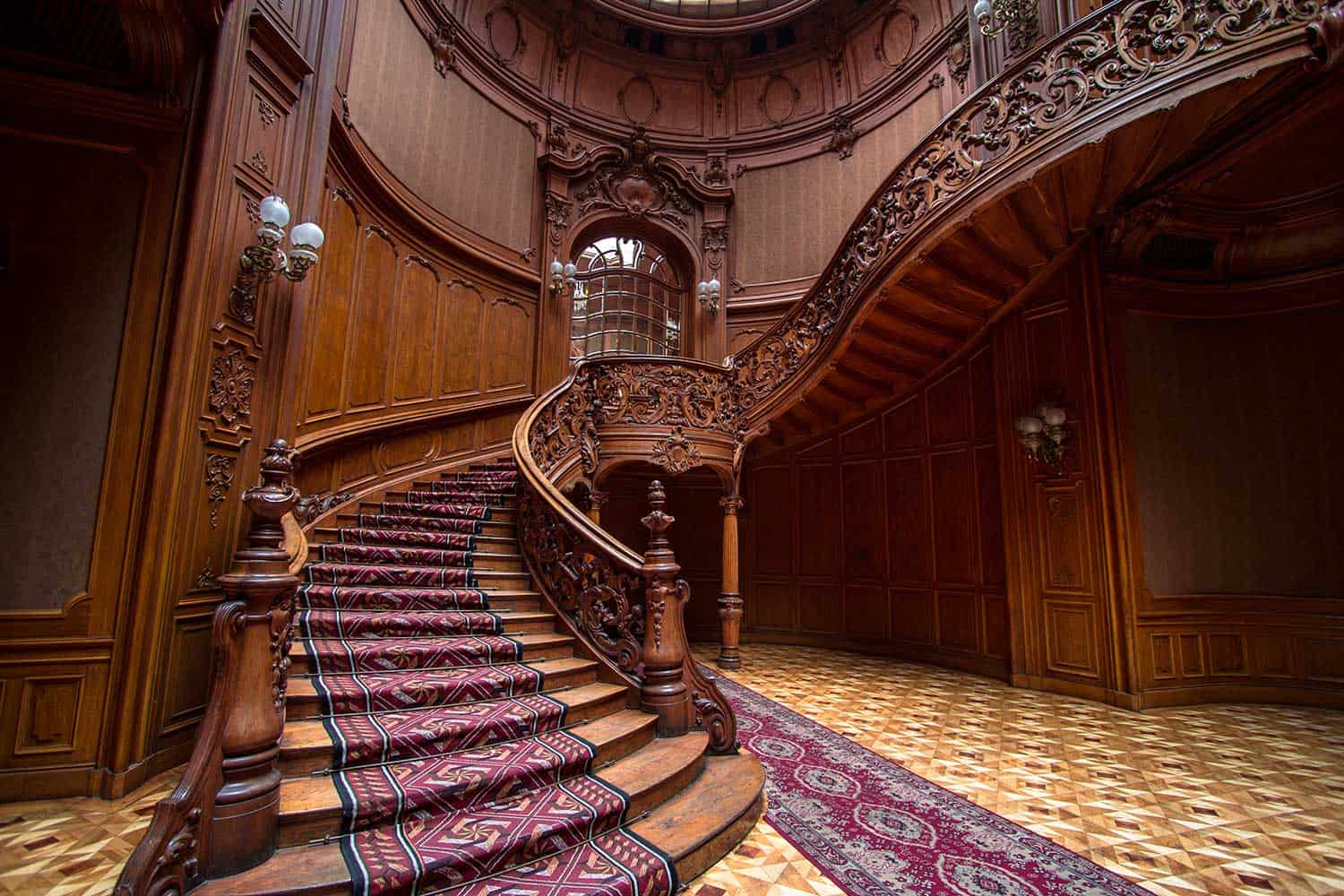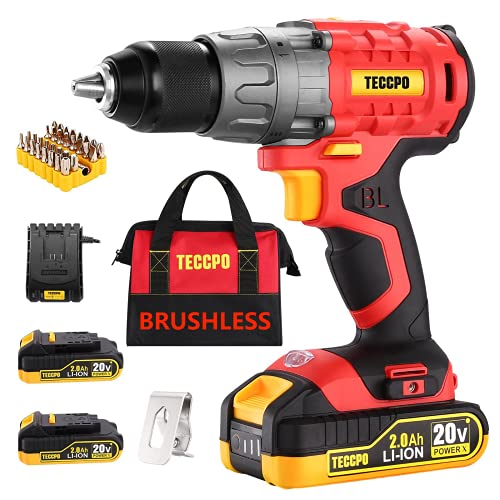Squeaky stairs can be a nuisance. Especially if you have a large household. But what causes stairs to squeak? And more importantly, how can you fix and prevent them? We've looked into the answers to these questions for you, and in this post, we will go over how to fix and prevent squeaky stairs.
Here are the steps for ways that you can fix creaky steps:
- Inspect the stairs by walking on them
- Take off the stair tread
- Remove the stair wedges
- Replace the stair wedges
- Install new nails
Stairs are comprised of different components, including balusters, risers, and treads. Any one of these stair components can cause the steps to creak. Continue reading to learn about the various ways to fix creaky steps.

What Causes Squeaky Steps?

The majority of the time, squeaky steps are caused by metal rubbing against the wood of the steps. In other words, it's caused by friction. The sound that you hear is typically from nails beneath the stairs pushing in and out of the holes within the steps. Wood tends to absorb and release moisture as the humidity and weather change. If your stairs receive a lot of traffic on a daily basis, chances are that the nails have begun to loosen from the wood.
That being said, hardwood floors are expected to contract and expand as the humidity level changes within a home. Over time, the hardwood will become drier and even shrink. The shrinking is typically what causes the steps to be positioned differently over the nails, balusters, and other components inside the floorboard. This is especially true when the tread and riser joints aren't secured tightly enough.
Sometimes, it can be challenging to determine the cause of squeaky stairs, and a thorough inspection of the stairs will be needed to mitigate the issue. This will typically include walking on the steps and even taking at least a few of the stair treads off to determine the source of the squeak. Sometimes the squeak can be the treads themselves, or and at other times, it can be the substrate beneath them causing the issue. Sometimes, the issue can simply be hardwood floors or a subfloor that are damaged or old and in need of replacement.
Let's take a look at the general steps you can implement to replace fix squeaky stairs.
Steps To Diagnose and Fix Squeaky Steps

Things you'll need:
- Wood wedges
- Hammer
- Nails
- Screws
- Cordless drill
- Painter's tape
- Wood glue
1. Inspect the stairs by walking on them
Start by standing at the bottom of the stairs and having a helper go up and down the stairs, pausing on each step. Pay special attention to any creaking on each of the steps and look to see if there is movement on the stair tread. If you notice any of the steps squeaking, be sure to mark them by laying an object on them or using a piece of chalk.
2. Take off the stair tread
Take a pry bar and pry up the horizontal and vertical wedges from the squeaky steps. You can also use a chisel for this task to prevent damaging the steps. Be sure to remove the wedges carefully and slowly so that you don't damage them in the process.
3. Remove the stair wedges
Once the wedges have been removed, carefully inspect them to determine their condition. If the wedges appear old or worn-out, you'll need to replace them with new pieces of hardwood. Be sure to first measure the wedges before tossing them out.
4. Replace the stair wedges
Measure and cut new wedges for the stairs. Apply a sufficient amount of wood adhesive to their joints, then carefully set them in between the riser and the tread. It's important to make sure that the wedges fit perfectly between the stringers, or you may find that the stairs will start squeaking again.
5. Install new nails
Next, have your helper walk up and down the stairs again. If you notice that the squeak is coming from the sides or back of the stair treads, you can nail down the tread family using 3-inch wood nails.
To do this, drill two pilot holes on the side of the tread that's closest to the wall. Be sure to place the holes a couple of inches apart. Next, hammer the nails into the two pilot holes and make sure to nail them in at a 45-degree angle.
Find these wood nails on Amazon.
This will help to tighten the tread on the stringer and create a bit of a clamp to make it more difficult for the nails to be pulled up over time. Be sure to hammer the nail heads until they are flush with the treads and do not poke up from the surface of the wood.
If needed, you can also use a bit of wood putty or filler to cover them completely. After applying the filter, take a small piece of 300-grit sandpaper and gently go over the area to smooth it out.
Check out this wood putty on Amazon.
Other Methods To Fix Squeaky Stairs
Add Lubricant
You can also quiet squeaky stairs by adding a lubricant, such as powdered graphite, talcum powder, or even baby powder, to the stairs. This will help to reduce the friction between the tread and the riser above it. Never use an oil-based lubricant on your steps, as it can cause the wood to corrode and warp; it can also be a huge safety hazard. To lubricate the stairs, pull back the top of the tread using a pry bar and pour the lubricant onto the wood.
Then, use an old paintbrush or your finger to work the powder onto the wood and spread it out evenly. Keep in mind that this technique won't necessarily prevent the riser and tread from moving against each other, but it will reduce the friction caused if they do touch. That being stated, you may need to re-apply the lubricant in another six months or so once the wood absorbs it.
Check out this talcum powder on Amazon.
Tighten The Screws
Tightening the screws on the steps can also help to reduce squeaky staircases. If you notice that the squeak is coming from the front of the steps, take anywhere from two to four screws to tighten up the connectors between the tread and the risers. The best screws to use for this task are called "trim head" screws. You can purchase them at your local hardware store or online.
Buy trim head screws on Amazon.
To install the screws, drill 2 to 3 pilot holes into the tread front, right where it meets the riser. Make sure that the holes are evenly spaced across the tread. Next, drill in the screws until they are flush with the tread.
If you mistakenly drill the screws in too low to where they cause dents on the top of the tread, fill the spaces with a bit of wood putty or filler. Be sure to match the color correctly, or you'll find that you have light or dark spots on the wood that will easily stand out.
Find out more about this drill on Amazon.
Adding Stair Runners
Though this method works more for dampening the sound in preventing it, it's still worth noting. Consider placing stair runners on the top of the steps. They can act as great sound dampeners for the squeaky steps beneath them. You can buy runners made of rubber, carpet, or sisal to cover the stairs. These runners typically go for about $15 a pack and can be purchased online or at a local hardware or flooring store.
Check out these stair runners on Amazon.
Inserting Screws and Wedges
Short of rebuilding the entire stairwell, you can also secure loose treads with screws. To do this, you'll need small wooden shims to install between the stringers and the treads from underneath the stairs. This process, however, will require lifting the stair treads with a pry bar or a chisel.
It'll also allow you to investigate the surface beneath the treads to determine if any previously installed blocks have fallen out of place or become loose. If this is the case, you can re-attach the wedges or blocks using wood nails and wood glue.
Check out this chisel on Amazon.
Install Stair Caps
Stair caps are flat wooden caps that you can fit over your stair treads to get rid of squeaky stairs. You can use an electric saw to cut these pieces to size, and they'll work as a bridge to redistribute any weight placed on the steps across the entire width of the tread.
Are squeaky stairs dangerous?
More often than not, squeaky stairs are not dangerous. But if they have any structural damage, they can be a safety hazard to the home's inhabitants. If you notice that your stairs feel spongy when you walk on them or that the wood feels unsteady, this could be a sign of a bigger issue.
Stairs that have bad structural damage or pest infestations such as termites can become loose and collapse on top of the stair joist. However, if the stair simply bounces slightly when you walk on top of it, the chances are that the nails beneath the stairs have become loose and will need to either be replaced or tightened.
Why do my stairs squeak at night?
If you hear squeaky stairs at night, it could be due to the wood expansion and contraction on top of the riser. This is typically due to atmospheric conditions such as temperature and humidity changes. For example, if you recently turned on the air conditioner for the start of the summer, this could cause the wood to contract. Stair treads will shrink and swell over time with and with general wear and tear.
The best way to fix this would be to inspect and determine the exact location of the squeak. Sometimes it may be a single stair tread causing the issue; other times, it could be several.
How much does it cost to fix squeaky stairs?
The amount of money that it takes to fix squeaky stairs will depend on your location and the condition of the stairs. The price can range anywhere from $200 to over $1,400 for stair repair or replacement. It's best to get at least two to three quotes from contractors to get an idea of the amount of money you need to budget for the job.
How do you fix squeaky stair carpet?
Carpet fabric itself isn't known to squeak. If you notice that your carpeted stairs are squeaking, it's likely the stair tread and riser beneath the carpet. To fix this issue, it's best to walk up and down the steps to determine which steps are causing the squeak.
Next, you'll likely need to pull up the carpet to get to the source of the squeak. To do this, you can use a utility knife or a chisel. You may also need a hammer to remove any nails on the corners. Once you have access to the wood, you can better understand where the squeak is coming from beneath the tread.
Learn more about this utility knife on Amazon.
Wrapping Things Up
We hope that this post has been helpful and explaining the main causes of squeaky stairs. Remember that the best way to fix squeaky stairs is first to determine the source of the squeak. Keep in mind that squeaky stairs may sometimes be temporary due to atmospheric changes, and other times the stairs may need a more permanent solution such as added wedges and blocks or complete replacement.
Before you go, please check out our other posts:








